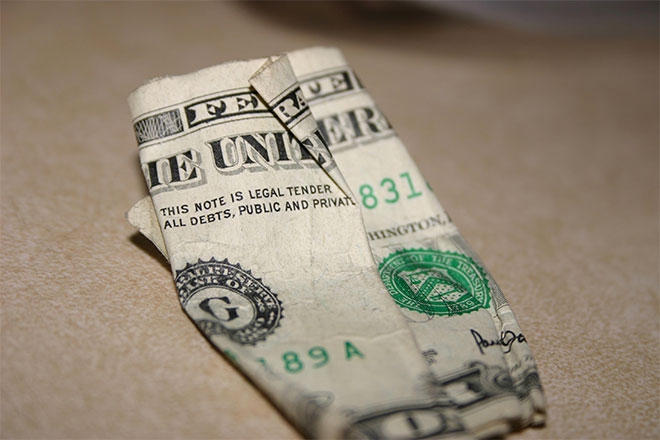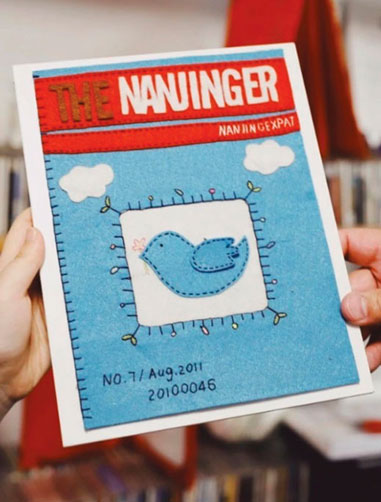The generally accepted wisdom is that all economies of the world are interconnected, and that “wealth can neither be created nor destroyed”. In real terms, as it concerns us, that translates to China having US$3.9 trillion in the bank, money that Western business has invested in China that it then uses to buy government bonds, mostly US Treasuries, that help underpin economic recovery in the West.
That is all about to change. Premier Li Keqiang’s new 10-point financial reform plan phrases it thus; “Better use should be made of China’s foreign exchange reserves to support the domestic economy and the development of an overseas market for Chinese high-end equipment and goods.”
What this means is that China is easing off on its buying of those US Treasury Bonds. In fact, the decline has been such that money-in has surpassed money-out during 2014. Allowing for financial fluctuations, China this year in fact became a net importer of capital, and is instead beginning to use this money to serve the so-called geo-political interests of the country.
In one such example, some 65 percent of the US$40 billion in funding for the recently announced Silk Road Fund is set to come from the nation’s foreign currency reserves. The overall aim of the fund is to build what has been dubbed a “Silk Road economic belt” that would see upgrades to the infrastructure behind China’s rail and sea links with its neighbours, effectively linking the economic growth of the entire region.
The belt was welcomed into reality on 9th December when a new record was set for the world’s longest train journey as the Spanish capital of Madrid saw the arrival of an 82-truck freight train that had set out 21 days earlier from Yiwu, in Jiangsu’s neighbouring Zhejiang province. Supplying South-Western Europe with Christmas presents, the train will return laden with, unsurprisingly, wine and olive oil.
Amid other signs of foreign reserves being used increasingly for shoring up China’s development finance, as opposed to merely buying the debt of Western countries, the last six months has also seen China create two other international financial institutions; the New Development Bank (together with Brazil, India, Russia, and South Africa) and the Asian Infrastructure Investment Bank, (regarded by some as a rival to the International Monetary Fund) that has the purpose of providing finance to infrastructure projects in the Asia Pacific region.
The move comes at a critical juncture that coincides nicely with the strengthening of the Chinese currency at the global level. As the government spends less on foreign government bonds, the difference is being made up by individuals investing abroad, as tourists and as corporations.
Standard Chartered, the British multinational banking and financial services company, recently released data that showed more than 22 percent of China’s trade in October of this year was done in Renminbi, an incredible rise from almost nothing five years ago when strict government controls prohibited almost all export of the currency.
Many western governments are beginning to recognise the increasing clout of the Renminbi and are affording it interesting flexibility in the global currency marketplace. The UK, British Columbia (Canada) and New South Wales (Australia) have all issued Renminbi-denominated debt in the past few months, moves that help improve economic ties between the countries and also attract financial services away from the USA.
So while 2015 is likely to be the year in which the Renminbi is solidified as an international currency, joining the dollar and Euro in terms of its power and influence, it may also be the year in which Western economies feel the impact of China’s change of tack in its spending patterns. Keeping the ripples to a minimum is key, and in China’s interest as much as anyone’s, for gentle implementation is nothing to fear.











